first flight of astronauts to the ISS
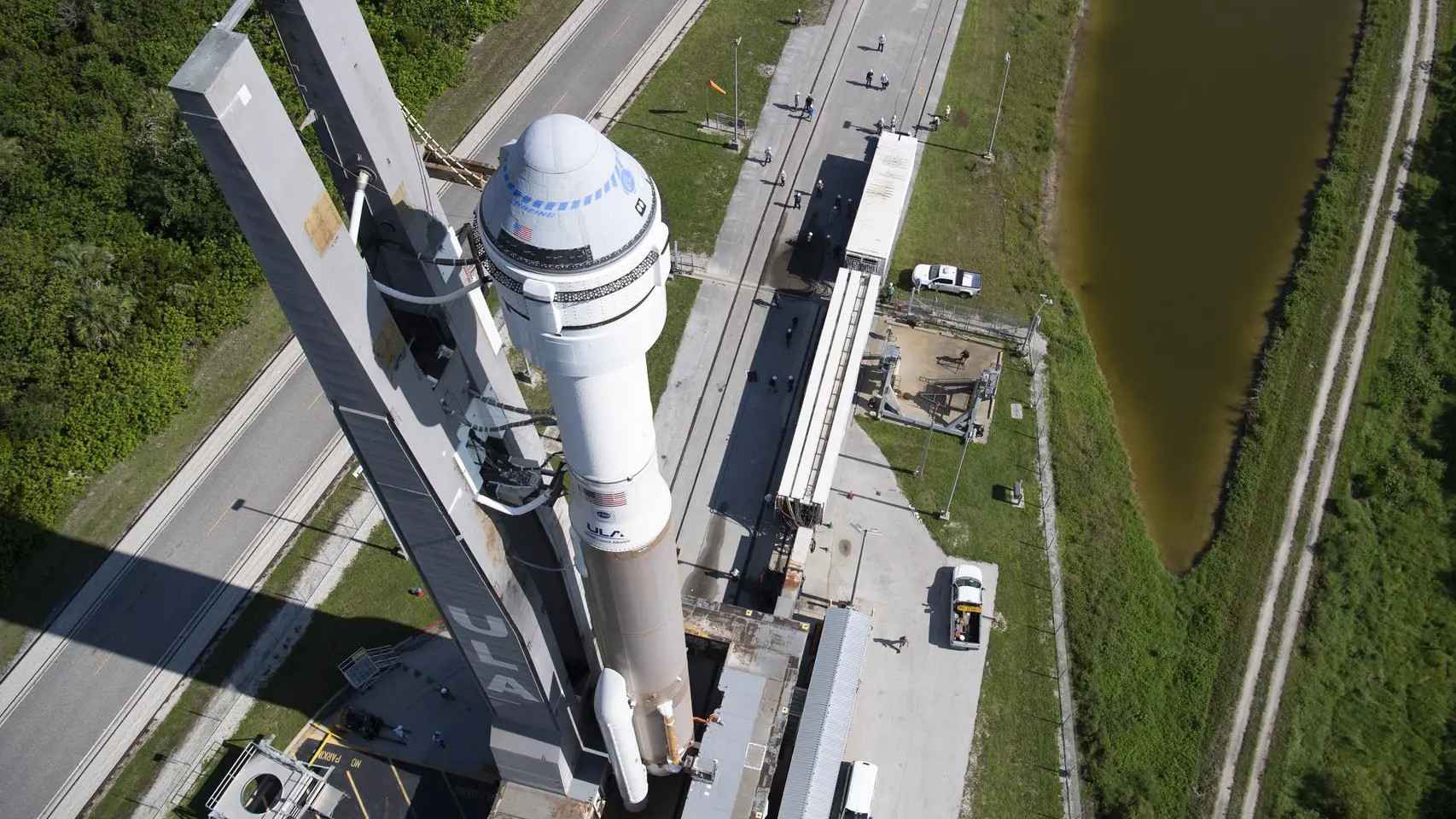
Boeing’s Starliner spacecraft faces its biggest challenge yet: get to the International Space Station with astronauts on board. A milestone that SpaceX completed in 2020 as part of the same space program and which Boeing bogged down due to various technical problems. According to NASA plans, the crewed launch is scheduled for Tuesday, May 7, around 4:34 a.m. on the Spanish mainland.
Responsible for launching Starliner into orbit is the Atlas V rocket from ULA (United Launch Alliance), in which Boeing participates together with Lockheed Martin. When it happens, this flight This will be the third iteration of the capsule. after completing a couple of tests with no staff inside.
Atlas V and Starliner will take off from Kennedy Space Center in Florida, where the ship’s two astronauts remain. “We have been trained and have our traces are in every procedure that exists for this spacecraft“Butch Wilmore, one of the astronauts who will be in the capsule, said at a press conference before the launch. “We are fully trained in all aspects of Starliner operations.”
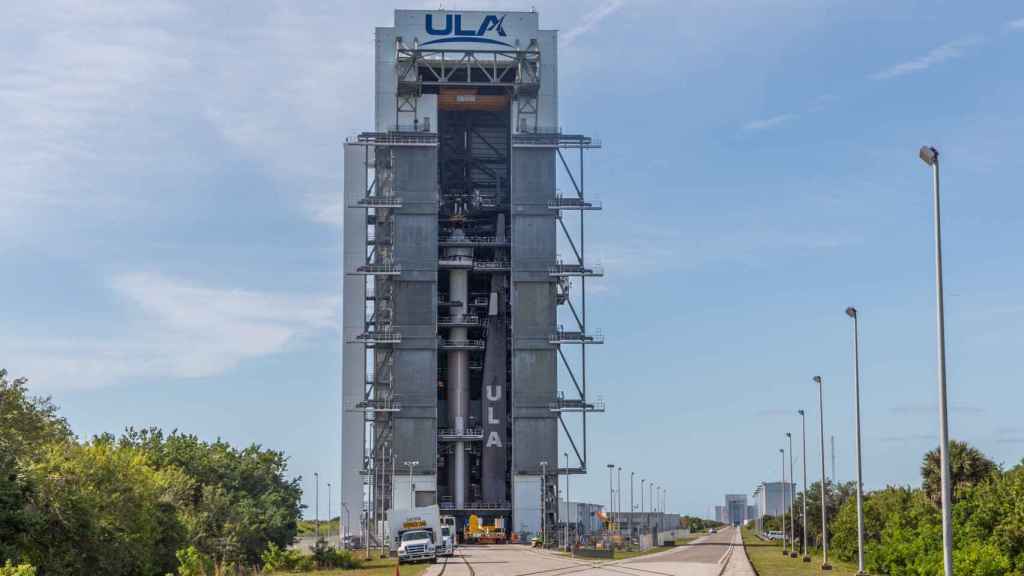
Atlas V rocket in hangar
“We feel very safe and very comfortable when this spacecraft flies,” said astronaut Suni Williams, “we should be here.”
After successfully completing this mission NASA will begin final certification process for Starliner and its systems for crew rotation on the ISS. So this is the last space procedure before the ship is integrated into the Commercial Crew Program fleet, in which the US Space Administration uses private companies for this type of flight. This is the same one where Crew Dragon from SpaceX is integrated, which has already completed 7 expeditions and one is under implementation.
First manned flight
He The first of the launches occurred in 2019. also integrated into the Atlas V. Shortly after separation from the rocket, an anomaly in the mission timer on board caused Starliner to perform a sequence of maneuvers at the wrong time and lose the ability to establish into its previously intended orbit.
Flight control techniques on the ground acted quickly and were able to put Starliner into a different orbit, at a lower altitude, but equally stable. The goal of docking with the ISS was canceled, and the team focused on assessing the capsule’s performance in other, equally important aspects.
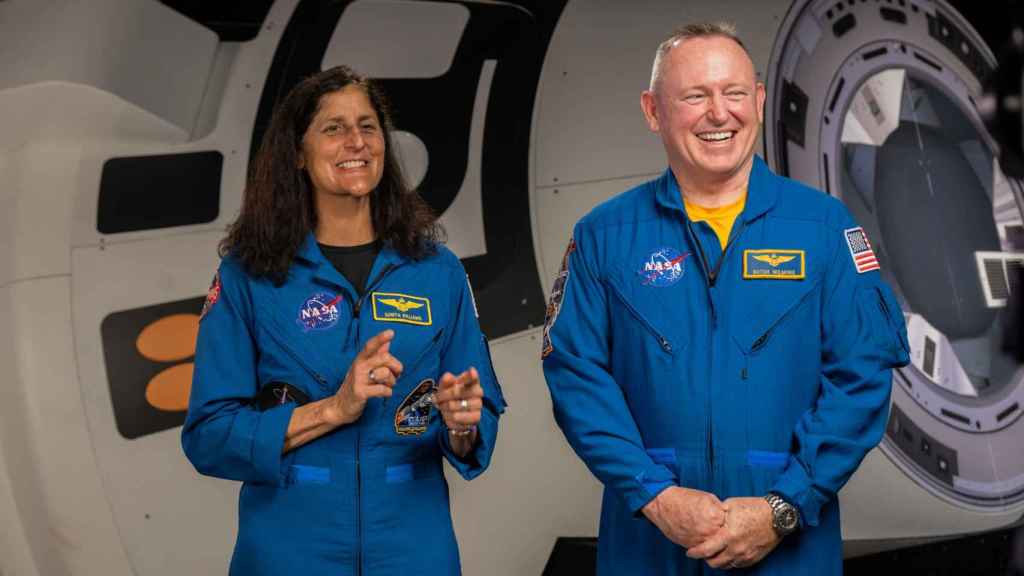
Williams (left) and Wilmore, astronauts who will travel on Starliner.
The second flight has already served Boeing and NASA to ensure the viability of Starliner. On this trip, also without a crew, everything went according to plan. managed to dock with the designated dock of the International Space Station and return to the surface of the earth without failure; although not everything was ready for the first flight with astronauts.
After evaluating all the telemetry, NASA scheduled a crewed launch to the International Space Station for July 2023—just over a year after the first successful mission. However, a few weeks before the scheduled date, Boeing announced that it was postponing the mission indefinitely due to a number of problems. problems in the parachute and harness systems which serve to slow down the spacecraft during the final stage of landing.
After solving all technical problems and receiving NASA approval, the spacecraft the first manned flight in its history is about to begin, which turns ten this year. In 2014, the same US space agency selected Boeing as one of two contractors (the other being SpaceX) for the aforementioned commercial crew program.
Following launch and separation of the Atlas V rocket, Starliner will fire an engine to launch the spacecraft and its crew into orbit; V a trip that is expected to last approximately 24 hours. Since this is the final test flight before entering the active fleet, a series of exams will be conducted to obtain final NASA certification.
Starliner mission to the ISS
The first one will be demonstrate the operation of equipment and crew from launch to climb, including the behavior of the suit and seat. During approach, rendezvous, and docking with the ISS, the Starliner team will evaluate spacecraft engine performance for manual abort scenarios, perform communications checks, test manual and automated navigation, and evaluate vital navigation systems support.
“The station crew will monitor the approach of the spacecraft and The Starliner crew will command everything needed on board“, NASA explains. If everything goes according to plan, the capsule will autonomously dock to the forward port of the Harmony module.
Work on board and return
During the stay the ship’s crew will appreciate the spacecraft, its displays and cargo transportation systems. “Wilmore and Williams will also enter Starliner, close the hatch and demonstrate that the spacecraft can function as a safe haven if needed in the future,” the space agency said.
“Visiting a spaceship can used as a shelter in case of emergency aboard the International Space Station.” Such as, for example, depressurization, fire or the risk of collision with orbital debris.
Williams and Wilmore They will stay in orbit for about a week. before boarding the Starliner again and heading back to Earth. During the first minutes of the journey, the crew will test the ship’s manual controls before returning to autonomous flight.
They will have first opportunity to land in approximately 6 hours undocking from the ISS. Upon re-entry, the spacecraft will begin to slow its orbital speed from 4,800 km/h, causing forces of up to 3.5 g.
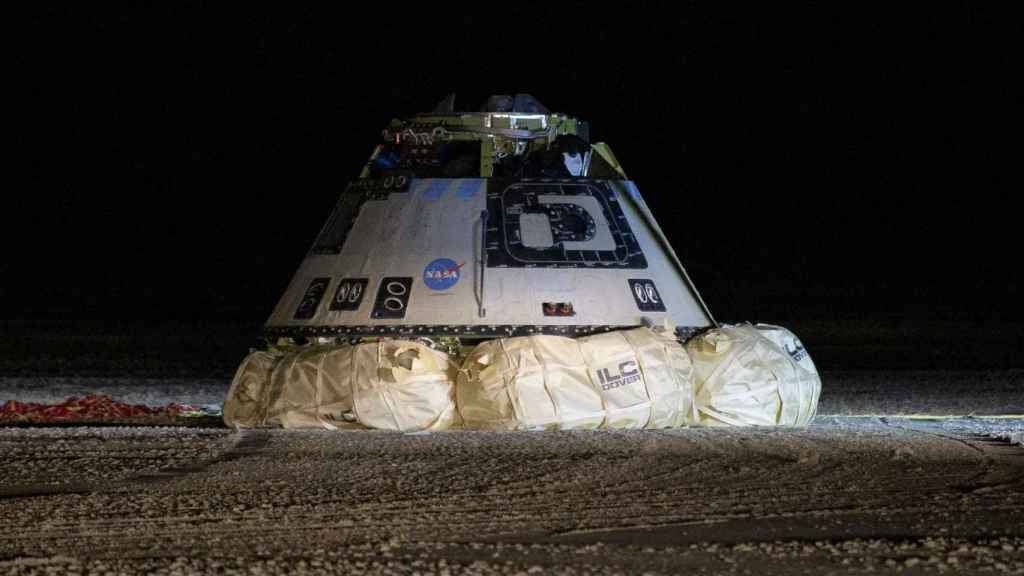
Starliner after its second unmanned test flight
“The forward heat shield of the spacecraft will be discarded upon re-entry,” NASA notes. A total of 5 parachutes will be deployed. – two auxiliary and three main – which will further slow down the Starliner’s decline.
At this point, the base heat shield will come off, exposing the main braking system with airbags. ” At the base of the capsule, 6 main airbags will deploy.softening his landing at a speed of approximately 1 km/h somewhere in the western United States. One of the most likely landing sites is within the White Sands Missile Range, New Mexico.
ship and rocket
Starliner has a height of 5 meters and a diameter of 4.6 meters. and consists of two modules. The crew module has 12 engines, and the service module has 50, including conventional engines, those intended for orbital maneuver, and those that will be used if a flight abort is necessary.
By design, the spacecraft is designed for a maximum of 7 people, although NASA plans to use it with only 4-5 people. when he enters official service. Boeing has signed a contract for six long-duration flights to rotate personnel to the ISS. And it is possible that depending on needs they can be expanded.
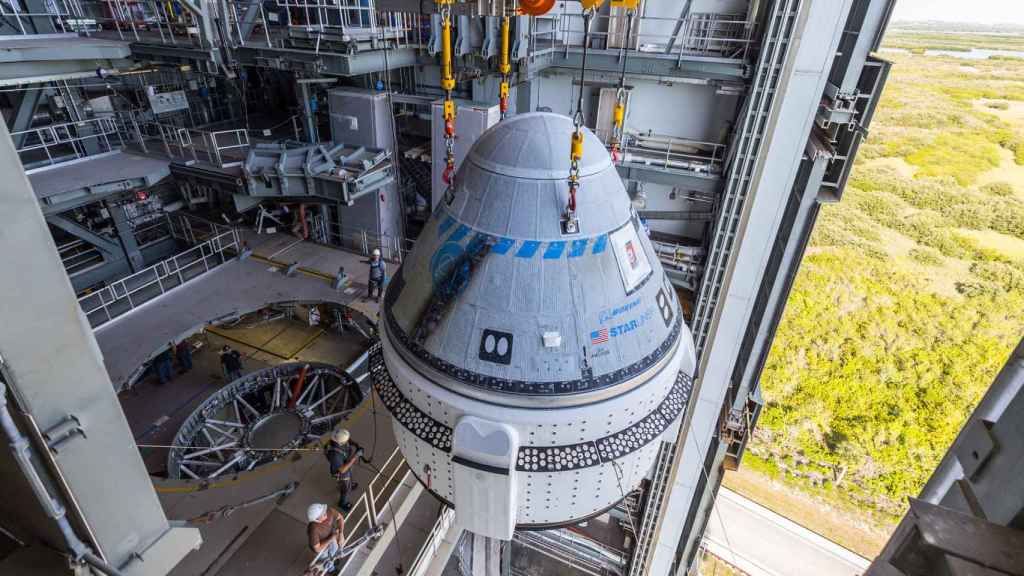
Starliner spacecraft being integrated into the top of the Atlas V rocket
According to Boeing, when will it be availability I can sell the fifth place is on board the ship. For example, they plan to become a platform for future astronauts on the Orbital Reef space station, which Blue Origin, Jeff Bezos’ space company, is working on.
As for the rocket, it has total height 52 meters, consists of two steps. The first one measures 32.5 meters by 3.8 meters in diameter and has two combustion chambers, which are accompanied by a pair amplifiers on each side of the main structure.
The topmost stage uses another twin engine, which will be responsible for the intermediate part of the launch and insertion into orbit. After the fuel runs out, the Starliner will undock and will continue to intercept the ISS using its own means.
